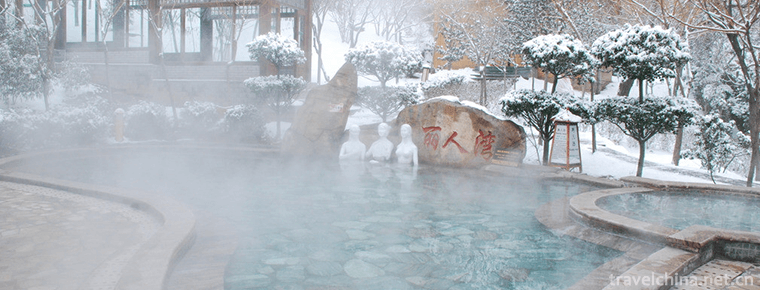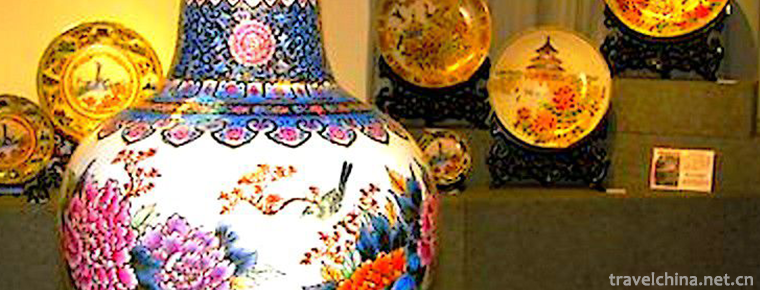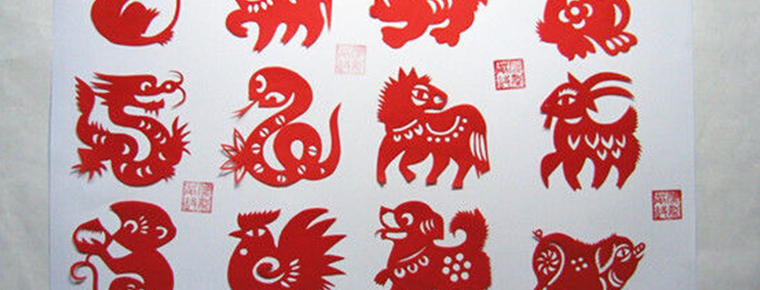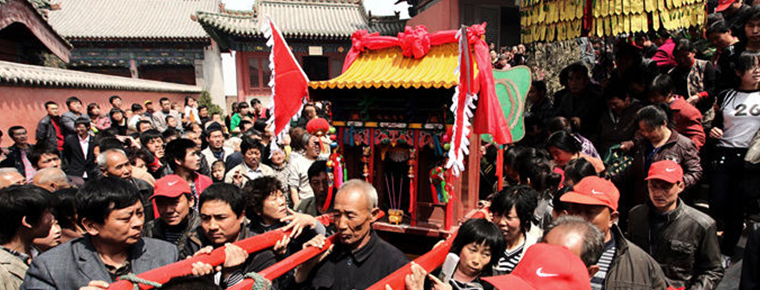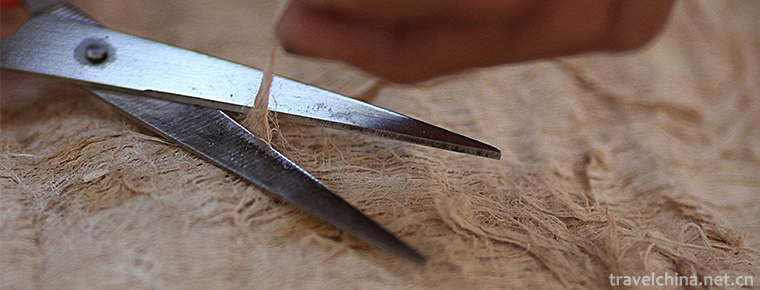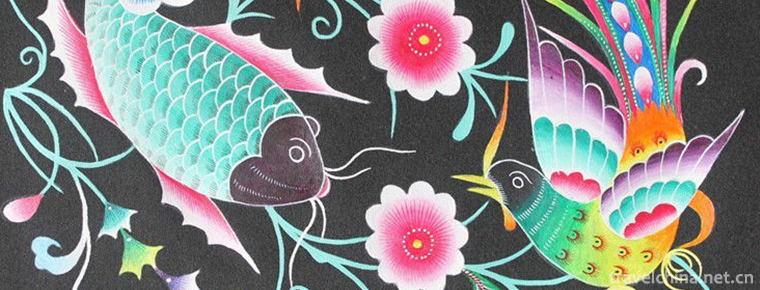Neijiang secondary industry
Neijiang secondary industry
By the end of 2019, there were 329 Industrial Enterprises above Designated Size in Neijiang City, and the added value of industries above designated size increased by 9.5%. The added value of the five traditional pillar industries increased by 9.8%, including 4.7% in the metallurgical and building materials industry, 8.0% in the food and beverage industry, 2.8% in the machinery manufacturing industry, 21.0% in the pharmaceutical and chemical industry, and 105.4% in the power and energy industry.
In 2010, 38 kinds of 64 kinds of main industrial products monitored by Neijiang City increased, with a growth area of 59.4%. The annual production and sales rate of Industrial Enterprises above designated size was 99.7%. The comprehensive index of economic benefits of industries above Designated Size in the whole city was 94.8%, 16.6 percentage points lower than that of the previous year. The contribution rate of total assets was 7.9%, 2.2 percentage points lower than that of the previous year. The asset liability ratio was 68.3%, down 1.5 percentage points over the previous year. The sales rate of the products was 99.7%, 1.0 percentage points higher than that of the previous year.
By the end of 2019, there were 129 general contracting and professional contracting construction enterprises with qualification level in Neijiang City, and the total output value of the construction industry increased by 36.2% over the previous year. The construction area of housing construction was 15882400 square meters, an increase of 17.4%; the completed area of housing construction was 9.8366 million square meters, an increase of 24.9%.

-
Baiyun Mountain
located in Baiyun District of Guangzhou City, Guangdong Province.
Views: 163 Time 2018-10-12 -
White Deer hot spring bailu hot spring
Bailu Hot Spring is a hot spring resort center built according to the national AAAA scenic standard. Located in Wentang Town, Pingshan County, Shijiazhuang City, Hebei Province, Bailu Hot Spring is a .
Views: 136 Time 2019-01-02 -
Eight treasures sweet rice
Babao sweet rice, also known as Babao rice, is a traditional snack with glutinous rice as its main ingredient. With jujube, lotus seed, Baitai, white fruit, longan meat, green red silk and so on.
Views: 202 Time 2019-03-26 -
Legend of Boya Period
"When the evidence of the legendary place of Bo Yazi Period was found in Hanyang, I knew that it was hopeful to apply for the national level!" Yesterday, the reporter learned from the Provin.
Views: 210 Time 2019-04-04 -
Firing Techniques of Chaozhou Coloured Porcelain
In Chaozhou at the end of the Qing Dynasty, new colored pigments were used in the colored porcelain painting. Combining traditional glaze painting art with traditional Chinese painting .
Views: 233 Time 2019-04-16 -
Traditional fine arts
China's traditional art heritage is extremely rich and brilliant. Traditional art painting, calligraphy, music, dance, opera, gardens, architecture, sculpture, arts and crafts, traditional cuisine and.
Views: 116 Time 2019-04-19 -
Hongdongs custom of visiting relatives
The custom of walking relatives in Hongdong is a kind of Han traditional folk culture which spreads in Ganting, Wucun, Xincun, Longma and Wanan townships.
Views: 130 Time 2019-05-03 -
Production Techniques of Bark Cloth of Li Nationality
Li bark cloth production technology is based on the bark of plants as raw materials, after beating technology to produce cloth technology..
Views: 90 Time 2019-05-12 -
Miao painting
Miao painting, as one of the representatives of Miao culture in Western Hunan, has the characteristics of Miao nationality and is mainly popular in the Miao area of Western Hunan. Miao painting origin.
Views: 125 Time 2019-06-05 -
Lisu Folk Songs
Lisu people advocate singing in tune. In the multi-voice unaccompanied chorus of Lisu people, the three major tunes of Lisu folk songs are "swing time", "excellent leaf" and ".
Views: 98 Time 2019-06-17 -
Suining secondary industry
In 2019, the city's industrial added value will reach 49.158 billion yuan, an increase of 8.7%, contributing 50.7% to economic growth, and boosting economic growth by 4.1 percentage points. The number of Industrial Enterprises above Designated Size reached 573.
Views: 350 Time 2020-12-16 -
Guangan secondary industry
In 2019, the industrial added value of Guang'an City will reach 28.87 billion yuan, an increase of 8.8%, and its contribution rate to economic growth will be 34.9%. At the end of the year, there were 597 Industrial Enterprises above Designated Size, and.
Views: 161 Time 2020-12-19

